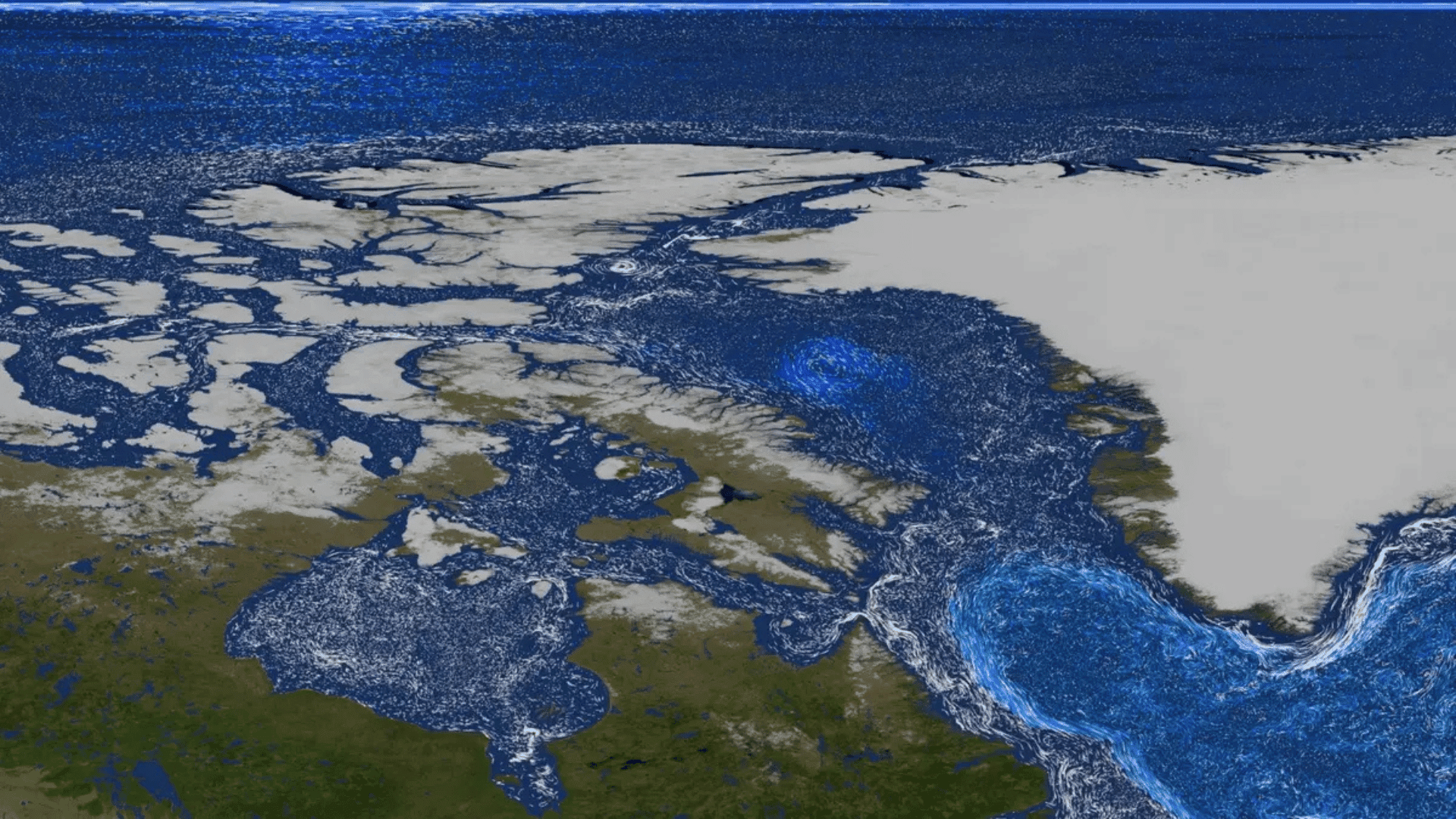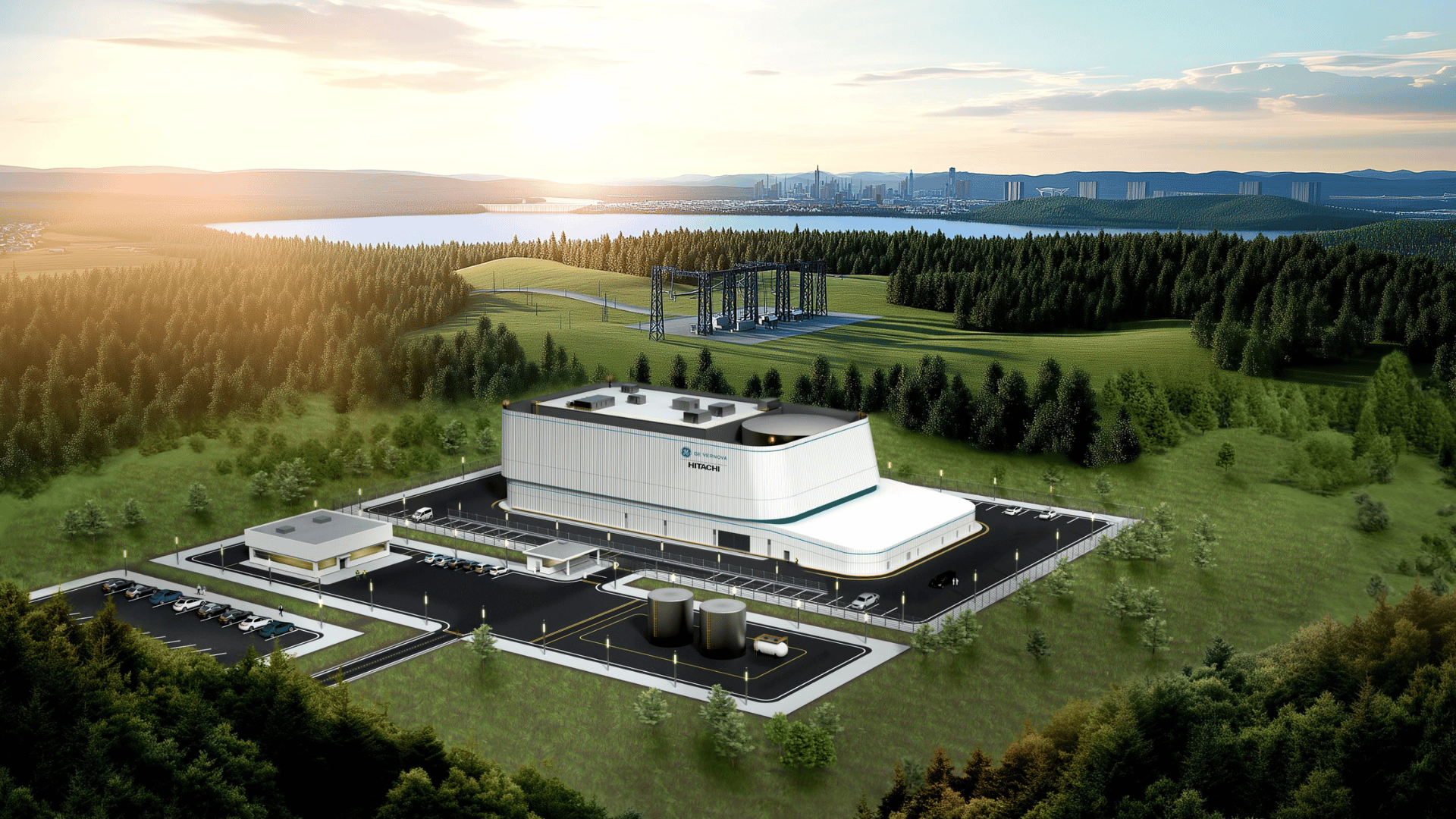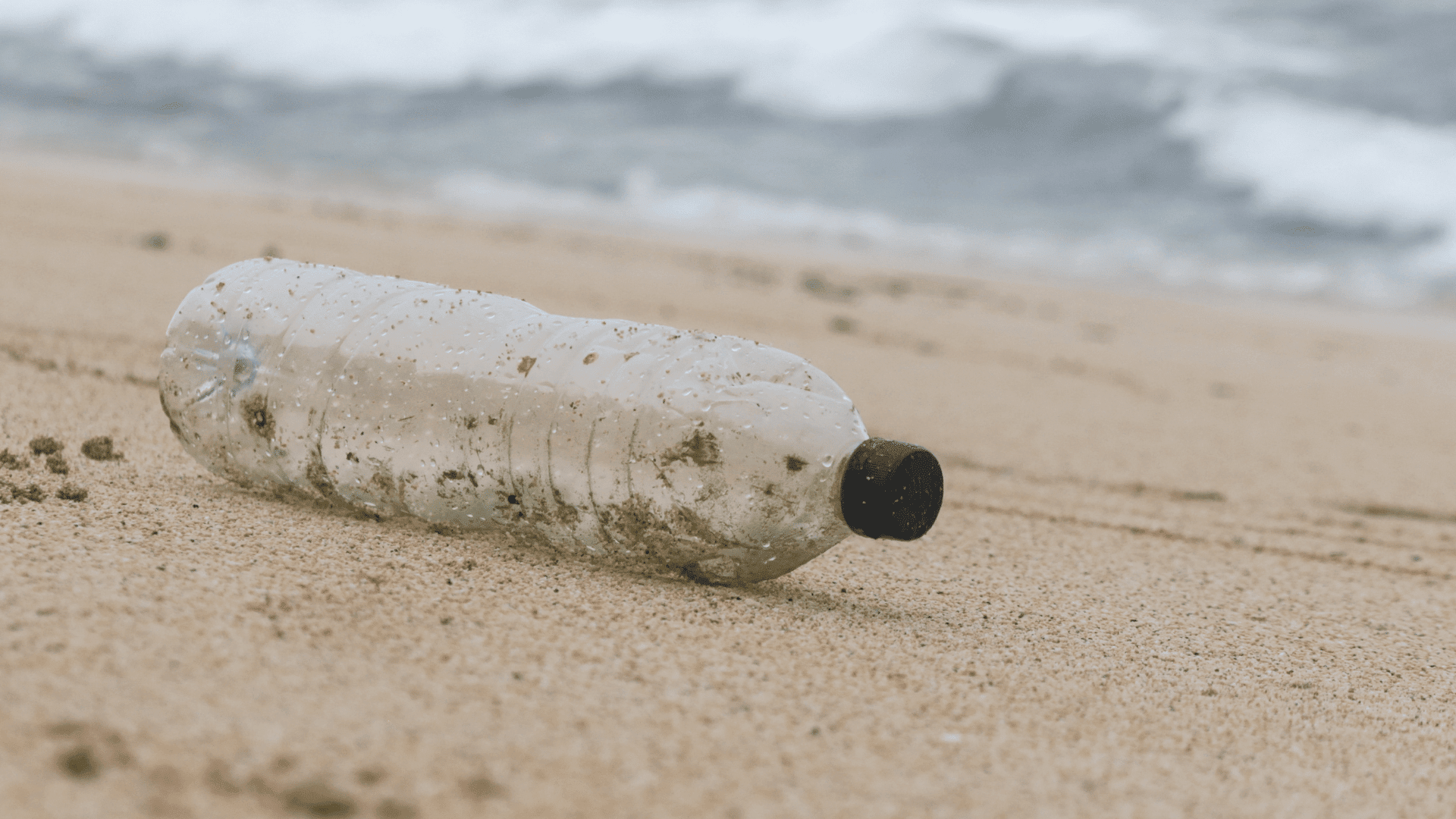According to a new NASA-backed study, Greenland’s melting ice is causing a surge in tiny ocean life. But how will this impact the marine ecosystem and global carbon cycle?
Melting Ice and More Ocean Life?

Greenland’s mile-thick ice sheet is changing due to climate change, losing about 270 billion tons of ice annually. During the summer months, 300,000 gallons (1,200 cubic meters) of freshwater melt into the sea, causing turbulent plumes.
When the freshwater from the glaciers meets the saltwater, NASA scientists believe it acts like an elevator, lifting nutrients like nitrate and iron from the deep ocean to the surface. This process boosts the growth of tiny, plant-like organisms called phytoplankton. Though this was their theory, it’s a difficult process to observe.
“We were faced with this classic problem of trying to understand a system that is so remote and buried beneath ice. We needed a gem of a computer model to help,” said Dustin Carroll, an oceanographer at San José State University affiliated with JPL.
According to Interesting Engineering, NASA’s Jet Propulsion Laboratory in Southern California and the Massachusetts Institute of Technology in Cambridge worked together to develop the ECCO-Darwin computer model (Estimating the Circulation and Climate of the Ocean-Darwin). This model uses billions of data points to simulate relationships between ocean physics and marine life.
The team at NASA used supercomputers to simulate glacial runoff and calculated that the nutrients carried upward by glacial meltwater could increase summertime phytoplankton growth in the study area by 15% to 40%.
These findings help explain why satellite data previously showed a 57% surge in phytoplankton growth in Arctic waters between 1998 and 2018. Phytoplankton are crucial to the ocean’s food web because they absorb carbon dioxide and feed krill and other small animals, which in turn feed larger creatures like fish and whales.
Scientists are still speculating on whether this increase in phytoplankton will have a long-term positive effect on marine life. The team plans to continue expanding its simulations to further understand the impact of this phenomenon in Greenland and beyond.
The findings were reported in the journal Nature Communications: Earth & Environment.







